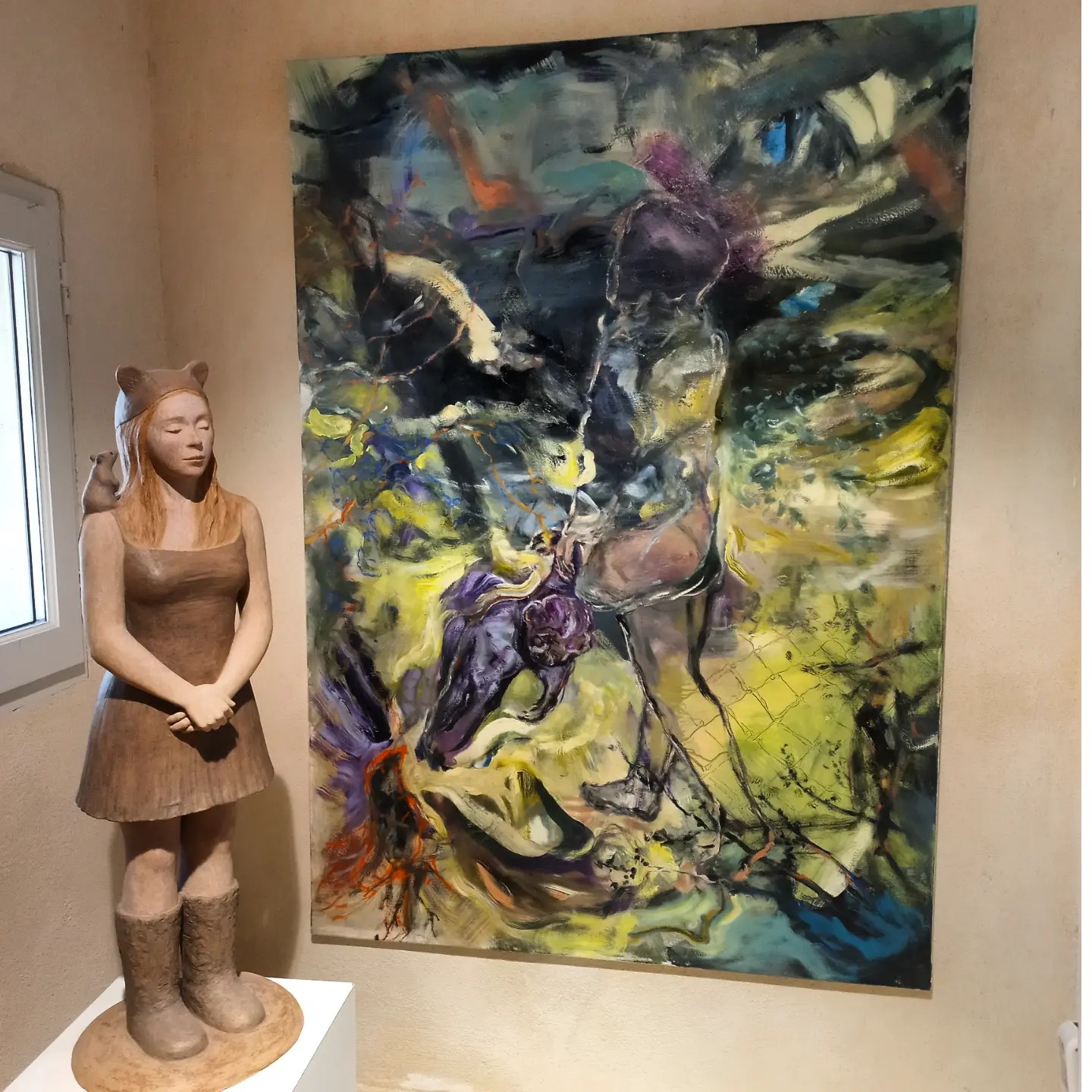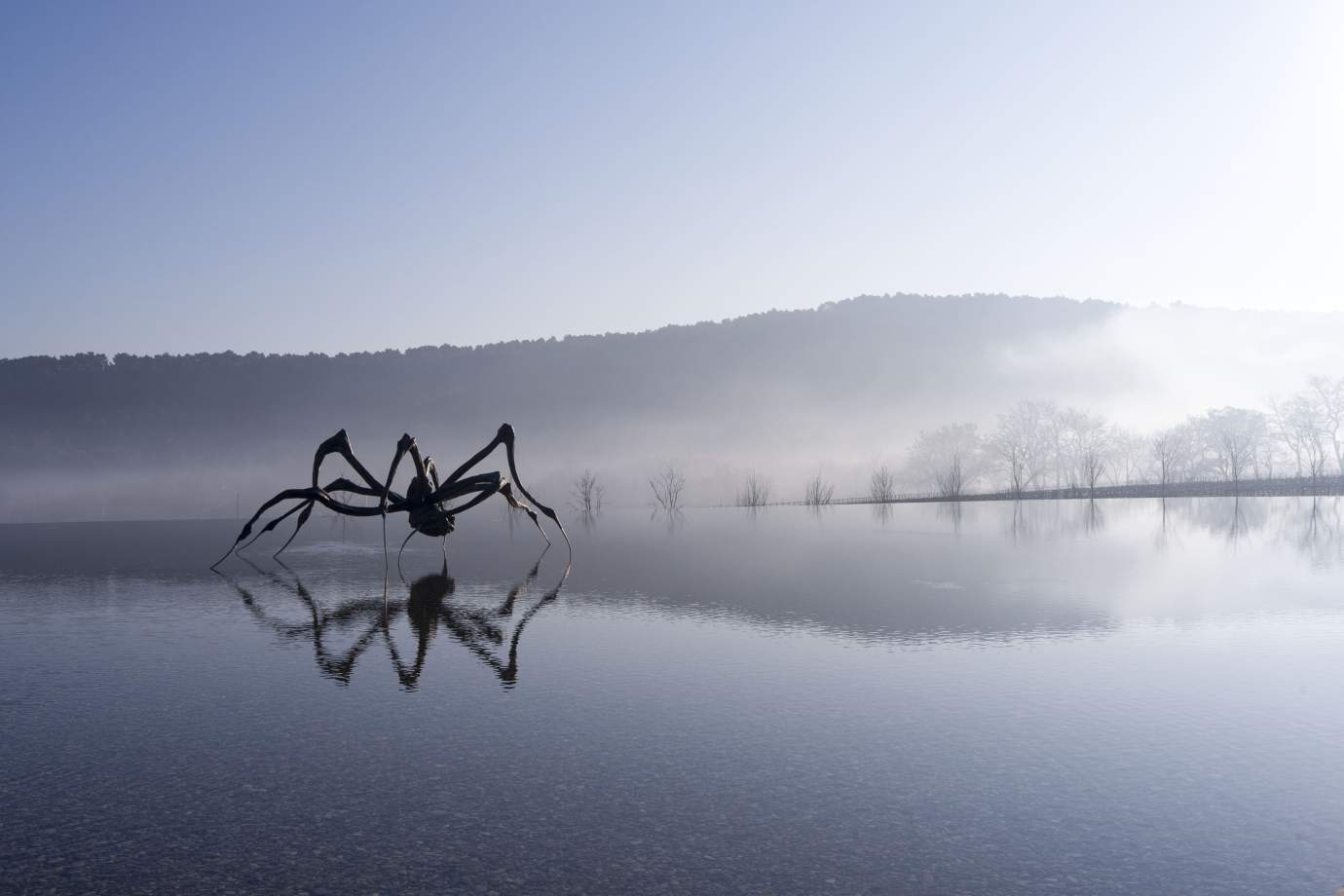
Mornings in Saint-Rémy begin without urgency. The metallic drag of café chairs across limestone. A slant of sun on green shutters. The faint, resinous breath of cypress hanging in the air. While much of Provence leans into spectacle—market theatrics, lavender fields staged for a lens—Saint-Rémy withholds. Its effect is cumulative, not immediate; its beauty, architectural rather than ornamental. Here is our luxury travel guide to Saint-Rémy-de-Provence in France including our curated guide to top hotels, fine dining & cultural finds.

Our journey begins at the base of the Alpilles, Saint-Rémy which sits far apart from the performance of the Riviera or the storybook scenery often sold to outsiders. There are no grand gestures here, only texture: chipped stone lintels, shadowed arcades, galleries obscured behind weathered doors. Even the light feels deliberate, as if filtered through an older register of time.

Just beyond the town’s edge, a plane tree-lined allée leads to Château des Alpilles, a 19th-century manor house preserved and privately run by the Bon family across three generations. Once the domain of diplomats and poets, the estate now operates with a kind of cultivated silence—its elegance softened by age and routine.
The interiors resist overstatement: wood floors worn to a soft gleam, glass doorknobs that catch light rather than command it, staircases that spiral more like sculpture than structure.

Across seven hectares of manicured parkland, the château offers 14 rooms and suites across its main house and outbuildings, including a reimagined chapel and a rustic-contemporary duplex, Le Lavoir. The aesthetic is one of composition, not concept—candles, linen, and patinated surfaces arranged with the ease of repetition rather than reinvention. There’s a pool discreetly folded into the landscape, a hammam carved into a former stone outbuilding, and a pétanque court that sees more conversation than competition.

Evenings begin, not with ceremony, but with the dimming of light under the plane trees. The bar, a hushed room of Corbusier chairs and vintage glassware, sets the prelude for dinner, which unfolds at a natural pace on the terrace or beside the pool. Chefs Mathias Bettingerand and Agustin Ontivero work in dialogue with the land, offering seasonal Provençal menus that avoid the expected. There’s restraint in the plating, rhythm in the produce, and an almost architectural clarity in their combinations.

The village itself remains within reach, but rarely demands an itinerary. Saint-Rémy rewards instinctive movement—wandering rather than walking. Boutiques appear behind gauze curtains, antique shops assemble like still lifes, and galleries are often unmarked, revealed only to those paying attention. Le Bistrot Les Pieds dans l’Eau, an easygoing local haunt on Boulevard Victor Hugo, offers a Provençal lunch punctuated by crisp rosé and uninterrupted conversation.

On the quieter end of town, Point Rouge, a contemporary gallery curated by Olivier and Jean-Michel, carries the spirit of reinvention. Above the gallery, they’ve opened Le Rigardeur, a modest B&B more aligned with artistic provocation than comfort branding.
Each of its four rooms carries a thematic title—Love Nest, The Voice of Angels—but the mood remains grounded: poured concrete, weathered linen, artworks positioned with quiet irreverence. Breakfast is served in a courtyard where the light arrives slowly and the coffee feels earned.

Saint-Rémy has long drawn those attuned to its subtleties. Van Gogh, confined at the nearby asylum of Saint-Paul-de-Mausole, painted some of his most stirring work here—The Starry Night among them—moved by the region’s austere geometry and mutable light. That clarity still lingers: in the windblown olive trees, the compressed heat of late afternoon, the long shadows cast by low stone walls.

For those inclined to travel outward, Château La Coste, just under an hour away near Le Puy-Sainte-Réparade, offers a different tempo. There, 200 hectares of vineyard and woodland form the stage for contemporary installations by Louise Bourgeois, Tadao Ando, and Damien Hirst, whose The Light That Shines occupied the landscape during a recent season. The estate, with its Francis Mallmann restaurant and art-led hotel, speaks to a more curated kind of immersion. Yet even amid the architectural bravado, the terrain asserts itself—gravel crunching underfoot, vines brushing against steel.

Saint-Rémy, by contrast, never raises its voice. Its pace slows the longer one stays, its details emerging only with patience. It doesn’t announce itself with grand gestures or curated charm. Instead, it reveals its texture quietly: in the dry rustle of olive groves at midday, in a shadow that shifts across a limestone façade, in the way a shopkeeper arranges figs with the care of a florist. This is not the Provence of postcards or markets staged for weekenders—it’s something more elusive, more rooted. In a region so often flattened into type, Saint-Rémy resists simplification. It isn’t Provence distilled; it’s Provence withheld. And that, perhaps, is what makes it linger.

To understand Saint-Rémy is to accept its rhythm. There’s a discipline to its restraint, a refusal to turn itself into a tableau vivant for outside consumption. Days drift by in elliptical conversations, in galleries where the silence matters as much as the art, in meals that stretch not because of indulgence, but because time bends differently here. The town doesn’t perform. It just is. And that quiet confidence—its refusal to be easily captioned or condensed—is what draws the attentive traveler in, over and over, until the subtleties become the story.

